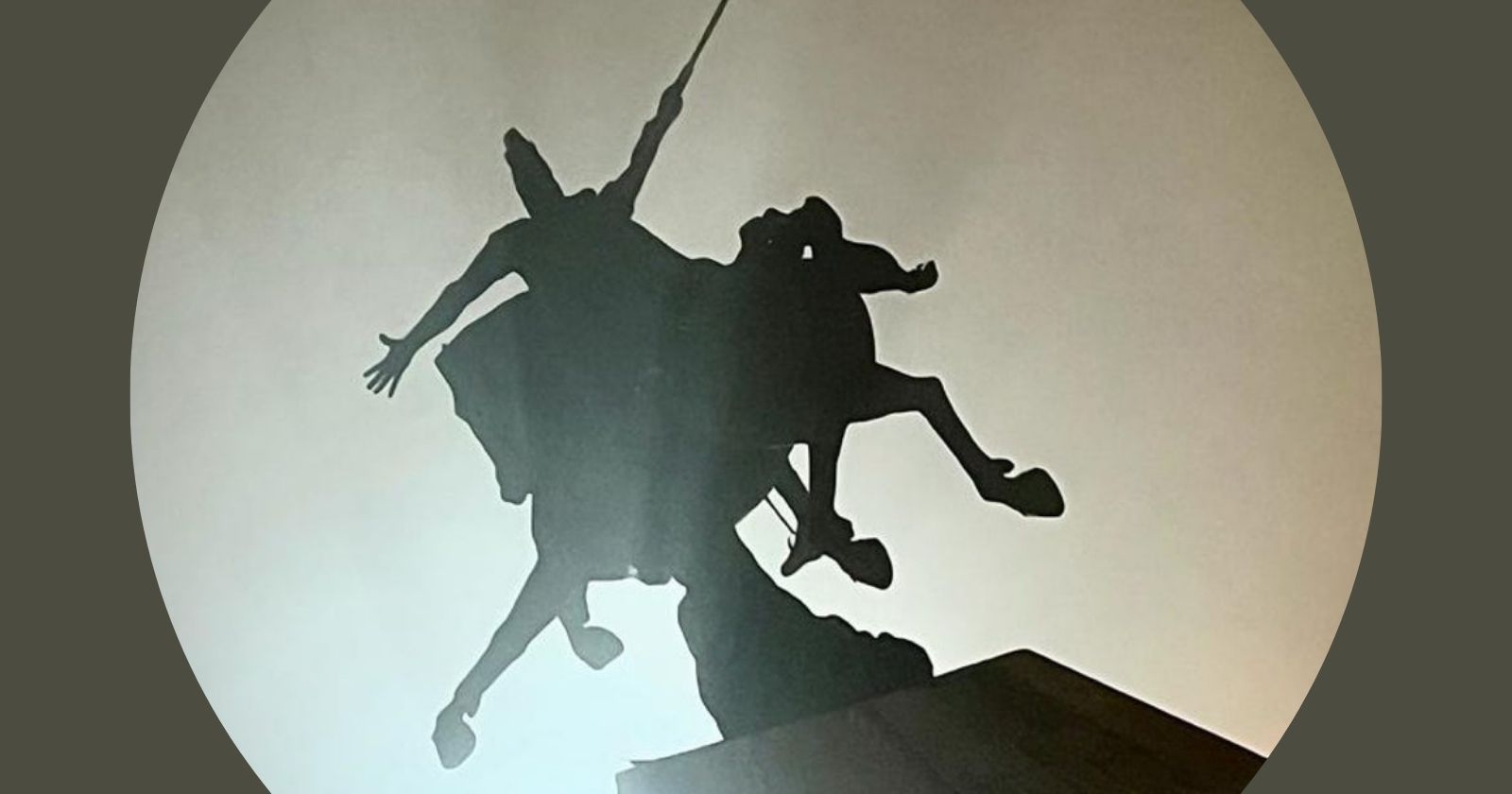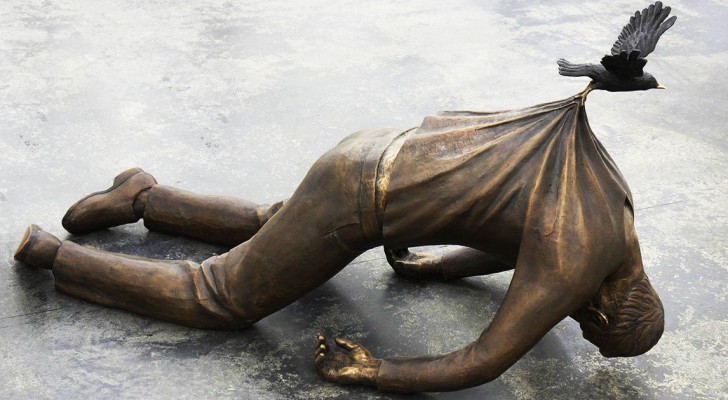The statue of St. Vartan Mamigonian in Yerevan, crafted by Yervand Kochar in 1975, serves as a profound symbol, especially in the context of St. Vartan’s words, “Unconscious death is death, conscious death is immortality.” This statue, despite being created during a period of communism—a time when spiritual and religious expressions were often suppressed—carries a subtle yet unmistakable spiritual message. Viewed from any angle, the national hero and his horse resemble a cross, a powerful symbol of sacrifice and immortality. The base of the statue, designed to look like a cliff, portrays St. Vartan and his horse as if they are about to leap into the abyss. Remarkably, there is no sign of hesitation, fear, or confusion in their posture; instead, they seem to embrace their fate with dignity and certainty, fully aware that they are headed towards their demise.
This imagery starkly contrasts with modern society’s tendency to avoid, deny, and isolate ourselves from the realities of death, pain, suffering, and discomfort. Today, we often find ourselves trapped in a self-centered perspective of life, where the first instinct is to shy away from the uncomfortable, to cover up and deny the inevitable aspects of our existence. This aversion to facing the harsh truths of life is detrimental to our faith, personal growth, family cohesion, and community resilience. It fosters a culture of avoidance and denial, preventing us from confronting and accepting the essential realities of life.
St. Vartan’s philosophy offers a starkly different approach, reminding us of the importance of consciously acknowledging and accepting the inevitability of death and suffering. His perspective encourages us to see beyond our immediate comfort and self-interests, to recognize and embrace principles and values that are larger than ourselves and even larger than life. St. Vartan’s stance on facing adversaries and not negotiating on matters of principle reflects a deep understanding of the non-negotiable aspects of life—those red lines that define our core values and beliefs, for which we must be willing to fight and, if necessary, sacrifice our lives.
This message is as relevant today as it was in St. Vartan’s time. It challenges us to find meaning and calling in life beyond the pursuit of comfort and self-centered goals. St. Vartan’s example teaches us to embrace our vulnerabilities, to recognize the importance of standing up for our principles, and to understand that true humanity lies in our capacity to face discomfort and sacrifice for something greater than ourselves.
The statue of St. Vartan, then, is not just a commemoration of a historical figure but a powerful reminder of the enduring human spirit. It symbolizes the leap of faith required to confront our fears and uncertainties through faith in God and love towards humanity and to step into the unknown with courage and conviction. In doing so, it inspires us to live lives of conscious awareness, embracing the inevitability of death not as an end but as a pathway to immortality through the values and principles we stand for.


